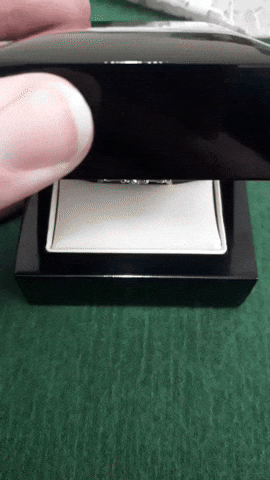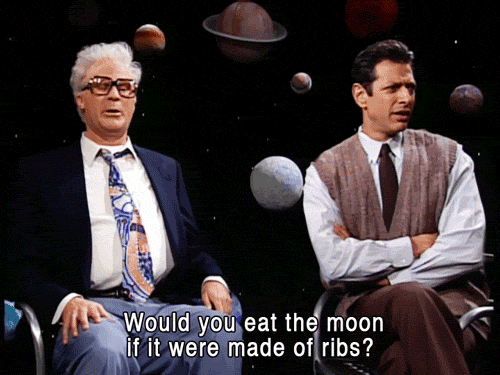A great question! There is a really awesome reason with a super cool explanation.
The reason: The atmosphere.
Super cool explanation: Light slloowwwssss doooowwwwnnnnnnnnnn
But real quick, let’s go back to school
A lunar eclipse happens when, according to the smart folks at NASA, “the Sun, Earth, and Full Moon form a near-perfect lineup in space. A partial lunar eclipse occurs when only a portion of the Moon passes through the Earth’s darkest shadow.”
These partial eclipses, like the one that is about to occur, only one part of the Moon will darken to a dim orange or red as it moves through the Earth’s shadow.
Because light is both a particle and a wave, it reacts to the atmosphere by trying to work through it. And in doing so slows down.
And, like sound sounding different when it is slowed down, light looks different.
Here is a video of some cool examples of bird calls slowed way down.
Neat stuff.
And when light is slowed down, it does this:

Refraction & Reflection
The above effect is due to the “index of refraction” with light. It is a measurement of how much light is slowed down as it moves through a substance.
The speed of light is really only the Speed of Light in a vacuum (like the desolate reaches of intergalactic space). It moves a bit slower through air. It moves a bit slower through water. And it moves really slowly through diamonds.
Side note: that is why diamonds sparkle so much.

The atmosphere also refracts light, just not as much.
When light (solar radiation) enters the atmosphere it isn’t just BAM straight to the surface. Some of the light gets gases, such as ozone. That happens in the upper atmosphere. Light can be reflected, too. Air molecules and dust particles deflect light in all directions. And because air molecules are smaller than the wavelengths of visible light, molecules scatter of the shorter wavelength light (blue) easier than the longer wavelength light (red).
That is why when you look up during the day, the sky is blue. And, in the same way, why the sun at noon looks white.

But by the time the sun sets, the beams of light have to travel farther through the atmosphere to get to your eyes. And by the time that has happened, it allows more and more of the shorter light beams (blue) to be scattered and absorbed, leaving the longer wavelengths (red) left over to hit your eye.

I though we were talkin’ about the moon?
Right! So when there is an eclipse, the light from the sun gets reflected and refracted – and bent by gravity, but that is a whole’nother post – around the Earth’s atmosphere and pops out the other side.
Here is a look at some very hi-tech graphics:


The atmosphere gobbles up all the blue light, leaving the longer red light to pass through and bounce off the moon’s surface. That light then reflects back toward Earth and down toward your eye.
Where it is gobbled up by your retina.
Speaking of gobbling, it is almost Thanksgiving, and I have to ask:

Personal confession: Any time I can sneak in a reference to that skit into a post I’m going to do so. That I can promise.
So the reason it is red is just a manifestation of Physics at work!
When can I see it?
The partial eclipse will begin a little after 1:00 a.m. CST. It will reach its maximum at 3:00 a.m. CST. Depending on your local time zone, it’ll happen earlier or later in the evening for you. It will last 3 hours and 28 minutes and up to 97% of the Moon’s diameter will be covered by Earth’s darkest shadow. Because of the amount of coverage, it will help make it the longest partial eclipse of this century and the longest in 580 years.


